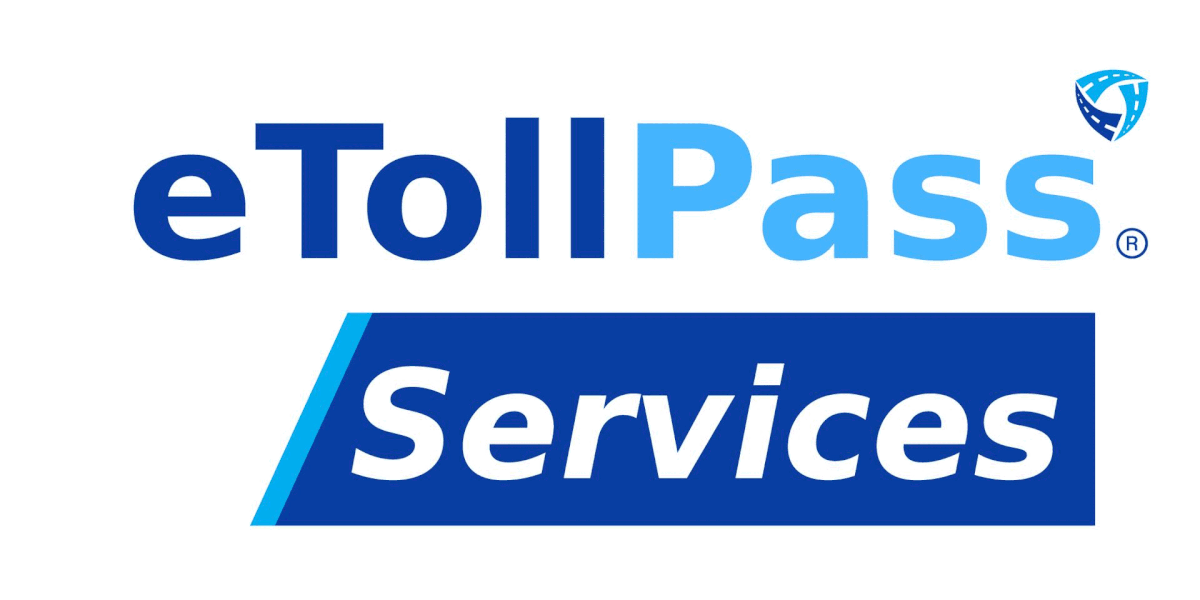UK Vehicle Registration Guide
1. New Vehicle Registration
When you buy a new car, the dealer usually handles the registration process with the DVLA. If you're registering it yourself:
- You’ll need the V5C (logbook) document.
- Pay a registration fee (if applicable).
- Ensure your vehicle has valid insurance and an MOT (for cars over 3 years old).
2. Used Vehicle Registration
If you're buying a used car:
- The seller must provide you with the V5C logbook.
- Complete section 6 of the V5C form and send it to the DVLA to transfer ownership.
- You will receive a new V5C with your name and address.
3. Imported Vehicle Registration
To register an imported vehicle:
- You’ll need to apply with forms V55/5 (used vehicles) or V55/4 (new vehicles).
- You must also provide proof of insurance, the vehicle’s identification number (VIN), and a certificate of conformity.
- Pay the registration fee and applicable taxes.
4. Changing Vehicle Details
If you make modifications to your vehicle (such as changing the engine), you need to update the DVLA via the V5C form. You may also need a new MOT or specific documentation based on the type of changes made.
5. Personalised Number Plates
You can assign or remove personalised number plates through the DVLA. A separate fee may apply, and you must inform the DVLA about any changes to ensure your V5C reflects the correct registration.
Key Documents:
- V5C (logbook): This document proves the vehicle's registration and records the keeper's details.
- Insurance certificate: All vehicles must be insured to be driven on UK roads.
- MOT certificate: If the vehicle is over three years old, it requires a valid MOT to prove roadworthiness.
- Vehicle tax: The vehicle must be taxed before it can be driven on public roads.


